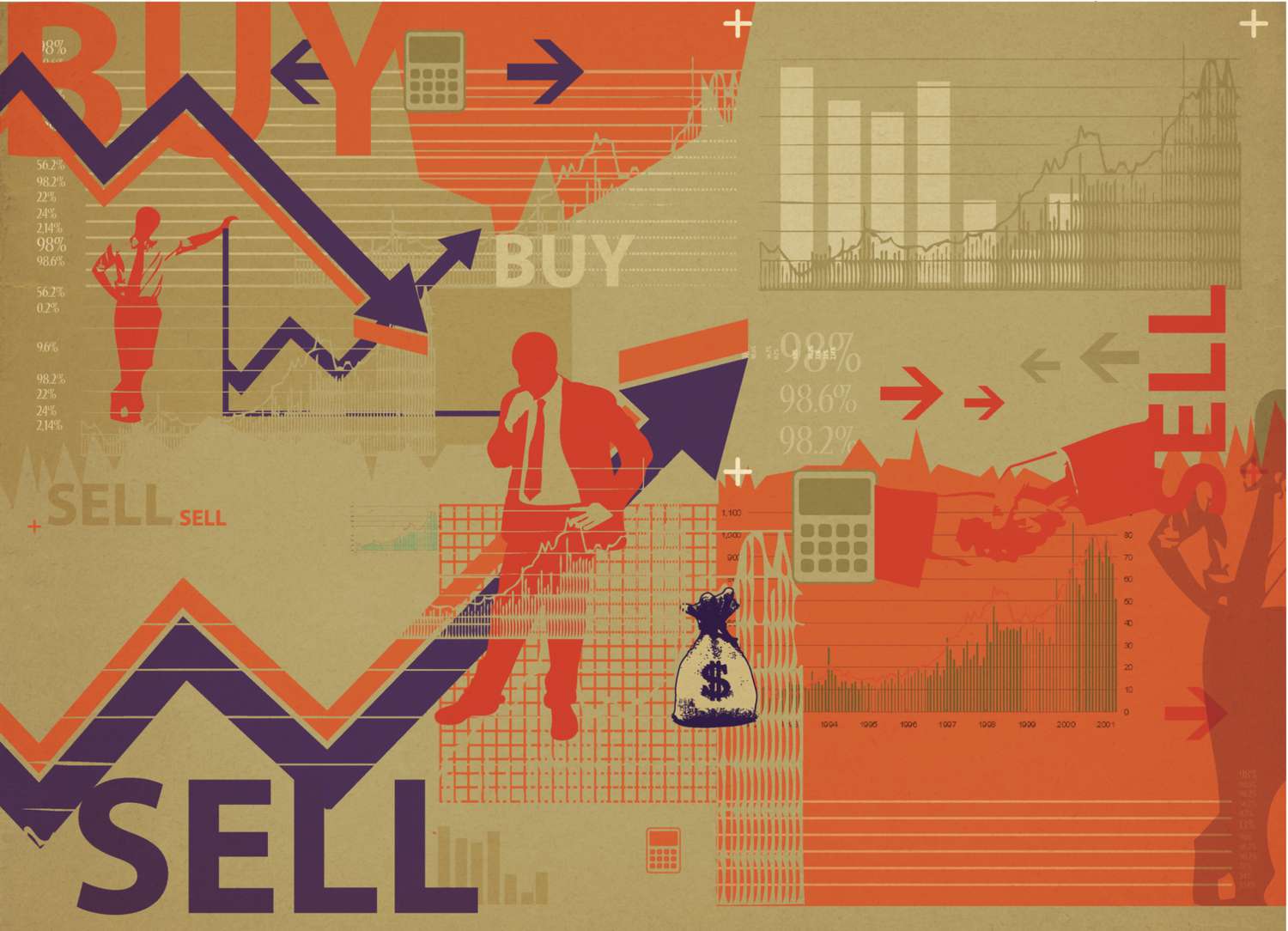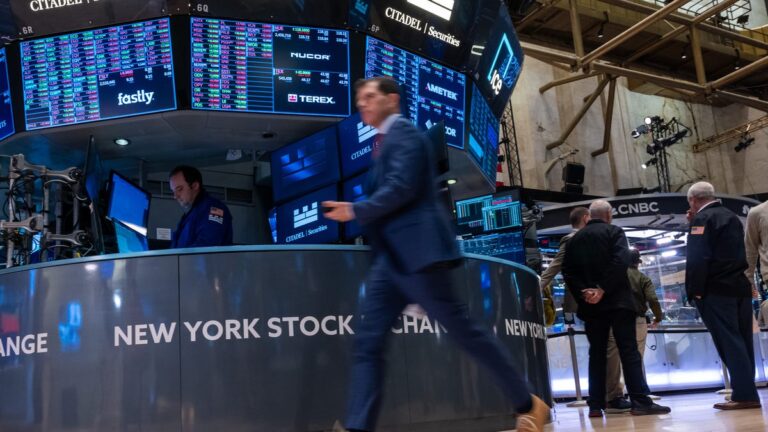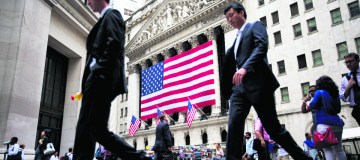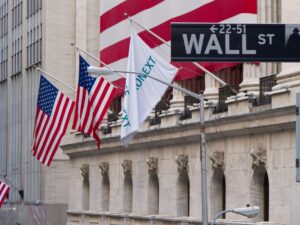The decade known as the “Roaring Twenties” was a period of exuberant economic and social growth within the United States. The era came to a dramatic and abrupt end in October 1929 when the stock market crashed, paving the way for America’s Great Depression in the 1930s.
Economic upheaval ensued in the years that followed as the U.S. economy shrank by more than 36% from 1929 to 1933 as measured by gross domestic product (GDP). Many U.S. banks failed leading to a loss of savings for their customers. The unemployment rate surged to over 25% as workers lost their jobs.
Key Takeaways
- The stock market crashed in October 1929, wiping out billions of dollars of wealth and heralding the Great Depression.
- The crash is known as Black Thursday.
- It was preceded by a period of phenomenal growth and speculative expansion.
- A glut of supply and dissipating demand helped lead to the economic downturn as producers could no longer readily sell their products.
Black Thursday
The crash began on Oct. 24, 1929, a day known as “Black Thursday.” The market opened 11% lower than the previous day’s close. Institutions and financiers stepped in with bids above the market price to stem the panic and the losses on that first day were modest. Stocks bounced back over the next two days.
The bounce was short-lived, however. The market measured by the Dow Jones Industrial Average (DJIA) closed down 13% the following Monday, known as Black Monday. The Dow, which contains some of the largest companies in the U.S., fell another 12% the next day on Black Tuesday.
The crash wiped out both corporate and individual wealth. The stock market peaked on Sept. 3, 1929 with the Dow at 381.17. The ultimate bottom was reached on July 8, 1932 when the Dow stood at 41.22. The Dow experienced a staggering loss of 89.2% from peak to trough.
The price of many large, blue-chip stocks declined but smaller companies suffered even more, forcing companies to declare bankruptcy. Many speculative stocks were delisted from stock exchanges. It wasn’t until Nov. 23, 1954 that the Dow reached its previous peak of 381.17.
Before the Crash: A Period of Phenomenal Growth
Companies experienced a great deal of success in exporting to Europe in the first half of the 1920s. Europe was rebuilding from World War I. Unemployment was low and automobiles spread across the country, creating jobs and efficiencies for the economy.
Stock prices shot up until the peak in 1929. Investing in the stock market became somewhat of a national pastime in the 1920s for those who could afford it and even for those who couldn’t. They borrowed from stockbrokers to finance their investments.
The economic growth created an environment in which speculating in stocks became almost a hobby. The general population wanted a piece of the market. Many were buying stocks on margin, the practice of purchasing an asset where the buyer pays only a percentage of the asset’s value and borrows the rest from the bank or a broker. Margin credit rose from 12% of NYSE market value in 1917 to 20% in 1929.
Overproduction and Oversupply in Markets
People weren’t buying stocks on fundamentals. They were buying in anticipation of rising share prices. These prices brought more people into the markets as they became convinced that it was easy money.
The economy stumbled in mid-1929 due to excess production in many industries which created an oversupply. Companies could essentially acquire money cheaply due to high share prices and could invest in their production with the requisite optimism. This overproduction eventually led to oversupply in many areas of the market such as farm crops, steel, and iron. Companies were forced to dump their products at a loss and share prices began to falter.
The prices of agricultural products dropped so low in the 1930s that farmers lost their farms and went bankrupt. Many families burned corn instead of coal because corn was cheaper.
Global Trade and Tariffs
The oversupply of agricultural goods as Europe recovered from the Great War and production increased meant that American farmers lost a key market to sell their goods. The result was a series of legislative measures by the U.S. Congress to increase tariffs on imports from Europe
The tariffs expanded beyond agricultural goods, however, and many nations also added tariffs to their imports from the United States and other countries. The overproduction, oversupply, and higher prices due to these tariffs had devastating consequences for international trade. Global trade plummeted by 66% from 1929 to 1934.
Excess Debt
Margin trading can lead to significant gains in bull or rising markets because the borrowed funds allow investors to buy more stock than they could otherwise afford. The gains are magnified by the leverage or borrowed funds as a result when stock prices rise.
The losses in the stock positions are also magnified when markets are falling, however. The broker will issue a margin call if a portfolio loses value too rapidly. This is a notice to deposit more money to cover the decline in the portfolio’s value. The broker is forced to liquidate the portfolio if the funds aren’t deposited.
Banks issued margin calls when the market crashed in 1929. Entire portfolios were liquidated due to the massive number of shares bought on margin by the general public and the lack of cash on the sidelines. The stock market spiraled downward as a result.
Many investors were wiped out and the Federal Deposit Insurance Corporation (FDIC) didn’t exist back then to guarantee depositors’ funds. Many Americans began withdrawing their cash from banks. The banks were left with significant losses because they’d made too many bad loans.
The Aftermath of the Crash
The stock market crash and the ensuing Great Depression from 1929 to 1939 directly impacted nearly every segment of society. They altered an entire generation’s perspective and relationship to the financial markets.
The time frame after the market crash was a total reversal of the attitude of the Roaring Twenties which had been a time of great optimism, high consumer spending, and economic growth.
What Were the Causes of the 1929 Stock Market Crash?
There were many causes of the 1929 stock market crash, some of which included overinflated shares, growing bank loans, agricultural overproduction, panic selling, stocks purchased on margin, higher interest rates, and a negative media industry. This deflationary period in the U.S. economy marked the beginning of the Great Depression.
Why Did the Stock Market Crash of 1929 Cause the Great Depression?
The stock market crash of 1929 caused the Great Depression because everyone lost money. Investors and businesses both put significant amounts of money into the market and tremendous amounts of money were lost when it crashed. Businesses closed and people lost their savings.
What Ended the Great Depression?
World War II ended the Great Depression. The economy shifted to a war economy when the U.S. went to war after being attacked by Japan. People went to jobs in the defense industry and others went overseas to fight in the war.
The Bottom Line
A complex network of factors works together to bring about a crash and recession. The 1929 crash was caused by many factors including a boom after World War I, overproduction in key industries, increased use of margin for purchasing stocks, and lack of global buyers around the world due to the war. Some lessons have been learned since then. Some mistakes have contributed to future crashes.






